Gerbera deservedly considered the queen of flower arrangements and an integral part of the magnificent blooming gardens. Her delicate colors heads always attract the sights of passersby and immediately raise them mood. But, unfortunately, not everyone has a nursery or at least a cottage. But this is not a reason to deny yourself a fascinating process of growing gerbera. After all, it can be grown right on the windowsill. It is only necessary to choose good seating, and create appropriate conditions. But, what varieties will fit for home cultivation? And how to ensure proper departure of the plant from Africa?
Botanical gerbera description: photos, species, agricultural area
Gerbers are beautiful plants that belong to the Astrovy family. Their color has many colors, with the exception of blue. Externally, these colorful flowers are very similar to large daisies, so we carry the second name "Transvaal Chamomile". Several dozen Gerber varieties are grown around the world as decorative plants for subsequent cutting, as well as for decorating gardens, and less likely, as home plants.
The main range of gerbera growth in natural conditions - Madagascar and South African regions, Tropical Areas of Asia. These flowers are grown in many European countries, but since gerberas are very warm-loving, grow exclusively in greenhouses.
The gerbera pattern does not have leaves, its length can reach 80 cm. The inflorescences diameter is within 14-15 cm. Flowers leaves can be smooth or terry. At the same time, terry gerberas grow like asters. Seeds act as fruits.
Gerbera, as a botanical plant, was described in the distance 1737, but it spreads as a cultural plant, it became only in 150 years. Further, she gained the status of a very favorable plant, in terms of profitability. Today, Gerbera occupies a leading position among colors on a cut, entered only roses, as well as tulips and chrysanthemums.
The Gerber genome is approximately 80 species of these plants, which are based on the size, color palette and flower shape. The gerbera petals are raspberry, yellow, white and other colors. It can be different and core: pale yellow or rich black. A variety of varieties is preferably a hybrid, to remove which two South African wild species were used - Gerbera Zelenoliste and Gerbera Gameson.
For industrial use, Gerber is planted landing such varieties:
- Algor - low-growing gerber grade with fine inflorescences, rarely exceeding the diameter of 8 cm.
- Vega - Ultrasound plants with larger flowers (11-13 cm) and stems about 70 cm long.
- Mars - Grade with medium size leaves and large inflorescences. The height of the stems is 65 cm.
- The festival - Plant with lush, as if "couxerous" inflorescences of medium sizes. Ideal for growing on the windowsill thanks to a short stem.
What gerbera varieties are suitable for home cultivation
Gerber dwarf varieties for growing pots are supplied from Holland. Unfair vendors to save on delivery, often deceive buyers, selling them ordinary Gerber varieties. During the landing, they are treated with chemicals, which for a while stopping the growth of bloody. But whatever careful care, with the time of Gerbera stretches up, will lose its brightness and beauty.
House gerbera have a compact value, their height does not exceed 30 cm. Such varieties are most adapted for home cultivation:
- Gerbera Parade. - Gerbera of yellow and orange shades from the same color cores.
- Gerbera Happipot. - It has matte multilayer petals of pink shade. The middle is often brown with the framing of small pink leaves.
- Gerbera Ilios. - Flowers of different forms and values, the color scheme includes all warm shades of orange, yellow, light red.
- Gerbera Hummingbird. - Plant with dark green foliage and inflorescence of bright yellow, bright, scarlet color.
Transplant gerbera after purchase
If you decide to purchase a ready-made plant in a pot, and not grow it from seeds, you need to wait a couple of weeks, and then replant it. The fact is that the Gerbera plant is very slowly adapted to the change of climatic conditions and it needs time to take care of your home. Also with a transplant you need to postpone if the plant blooms.
Choosing a pot
Choose a pot for gerbera with a diameter of 2-3 cm more than the old. It should not be too deep or broad otherwise instead of violent blossom, the root system will begin to expand.
The material from which the pot is made should have a high aeration percentage, that is, it should pass the air, and enrich the roots and the ground with oxygen. The perfect "house" for Gerbera is a clay pot.
The soil
The Gerbera flower needs a light, porous soil, which easily passes the air. As a substrate, you can take peat and perlite in equal shares. Or prepare a mixture: two portions of sheet land, portion of sand, portion of peat. The desired soil acidity is 6 pH.
Adding compost or humus is prohibited, since these components can "burn" the root system.
Location
Choose a sunny corner without drafts for gerbera. If you have chosen a place for this flower on the window, which is often opening, be sure to remove the pot from the window sill when ventilating.
Although the gerbera purchased by you is home, it is still a genital country. Therefore, it will only grow in warm conditions. But the severe heat and straight rays of the Gerbera sun takes a bad. If the pot with a flower is in the southern part of the room, it will be useful to take a plant during the sun period.
Gerbera does not like sharp temperature fluctuations. If she lives in a balcony in the summer day, put it in the house for the night.
Gerbersian care in a pot
So that the plant blooms and does not hurt, you need to know how to care for gerberas.
Lighting and temperature regime
The normalized gerbera lighting provides its bloom. Despite the fact that the gerbera is a light-loving plant, an excessive stay in the sun can cut the flowering period. The duration of the daytime in the summer should be 10-12 hours. At this point, there is an active growing of foliage, and by the end of the autumn the first inflorescences begin to bloom.
Suitable temperature for "African Beauty" - 20-25⁰s. During the resting period, it is better to maintain a temperature in the range of 12-15⁰s, but if the thermometer drops below 12⁰, the plant may die.
Air humidity and watering
Natural gerbera - tropics. Therefore, the plant loves wet land and air. Watering gerbera worth twice a week. In winter, if the plant stands near the heating device, as well as in the summer, watering should be increased. Soil should always be slightly wet. It should not dispel, but also there should be no extra water there.
Watering flower, always watch the water getting on the outlet of the leaves. This can cause the reproduction of microbes or mold fungi. For the prevention of planting the plant, it is better to use watering through the pallet. 30 minutes after watering the water residue merges.
On hot days you can put a bowl with wet pebbles. The evaporating moisture will refresh the plant. The gerbera leaves can be sprayed, but water drops should not fall on the inflorescences and the base of the leaves.
A very important point in watering is the use of only estimated and warm water.
Landing and subordinate
This exotic plant is not orally, so it suffers the gerbera landing is very easy. It is better to do this in February when the gerbera is in the period of rest. The best way is the transshipment of the root system with a whole earthy room. It is impossible to damage or trim roots.
It is necessary to feed the gerbera throughout the spring and summer. The introduction of complex fertilizers twice a month will be enough for full growth. Various organic formulations do not have a favorable effect on the plant.
Gerbera reproduction at home
Full care for Gerbersoi provides for the recreation of an optimal cycle of non-shear plants. So that the plant felt in a pot as a habitual setting need to stick to his rhythm of life:
- Natural period of Gerbera flowering - August-October.
- The next four months the plant is sleeping and gaining strength for future flowering. During this period, you need a minimum watering and reduction in clarification.
- In February, gerbera is an active growth phase. At this moment it is worth it to increase and resume feeding.
- Every four years, gerbers are rejuvenated.
If not to follow the rules, the gerbera can bloom all year round without a rest period. But it will soon lead to the depletion and death of the flower.
Reproduction of seeds
Spring seeds are sown in a loose substrate. For this, the boxes or pots are filled with suitable soil. Then seed seeds and covers their thin layer of sand. Using the soil pulverizer slightly sprinkles. Capacity with seeds need to be covered with glass or polyethylene film to create greenhouse conditions, and put in a warm place with a sufficient amount of light.
Shoots appear in 7-8 days. At this moment you need to remove the shelter from the box so that the sprouts are not burned. When they fix and empty two full-fledged leaf, you can pix. After the transplant, the sprouts are fixed and start growing faster.
Grilled gerberas from seeds bloom throughout the year.
Reproduction of cuttings
When transplanting, you can divide the gerbera rhizome to a couple of decene. They must have at least two growth points. The babies shorten the roots, cut the above-ground part of the plant. All sections are processed by coal. It is allowed to land in constant pots, while the neck of the decene should remain over the soil.
Division bush
The root with a small root system and two leaves are separated from the main rhizomes. Then planted in a prepared pot with moisturized soil and put in a sunny place.
Gerbera: Growing and possible difficulties
Cobbled tick
If the plant is yellowed and starting to throw off the leaves, there is a possibility that it is damaged by a paw-tick. These pests multiply in conditions of underdeveloped soil and insufficient air humidity. For prevention, you need to spray the stem and gerbera leaves with warm water.
Puffy dew
Gerbera often sick a fungal disease called a powdery dew. This happens when the temperature drops, excessive making nitrogenous fertilizers or watering too cold water. To prevent this disease, you need to carefully comply with the conditions of care, as well as avoid the unwanted neighborhood between the colors. This is especially true of roses and gerberas, because they most often infect each other with mildew.
No blossom
The gerbera may not blossom in several cases: if you planted it in a large vanza, excessively fed the soil or did not adhere to thermal conditions. Review your plant care and it will surely please you with your bloom.
Gerbera Home: Care in winter
In winter, the gerbera does not bloom, because it lacks heat and solar color. Of course, you can use artificial clarification, but it is better to give a flower to relax. Watering should be reduced, and water with water as the soil is burned. The substrate should not be completely dry. If the room is very hot, periodically moisturize the air near the plant using the sprayer.
Gerber's care in a vase
Cut gerbera are perfectly combined with other plants in flower arrangements. But beautiful gerberas show anticipation in the water environment. So that they obediently stood in a vase a couple of weeks need to try a little:
- To increase the area of \u200b\u200bthe stem, which will be better absorbed by water, you need to cut it into the jamb.
- Water is used only room temperature.
- For disinfection of water, add acetylsalicylic acid tablet.
- The flower stem should not be resting in the bottom of the vase. You can solve this question using wire or cardboard limiters.
- Water changes every 24 hours.
Thanks to your careful attitude and painstaking care, the exotic chamomile will delight you with its colorful bloom.

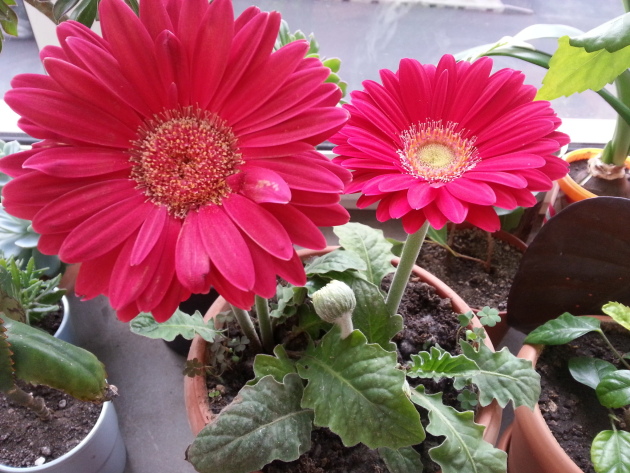
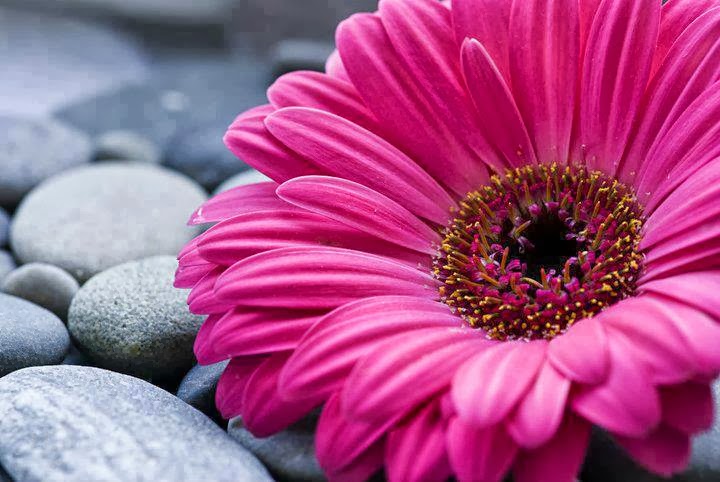
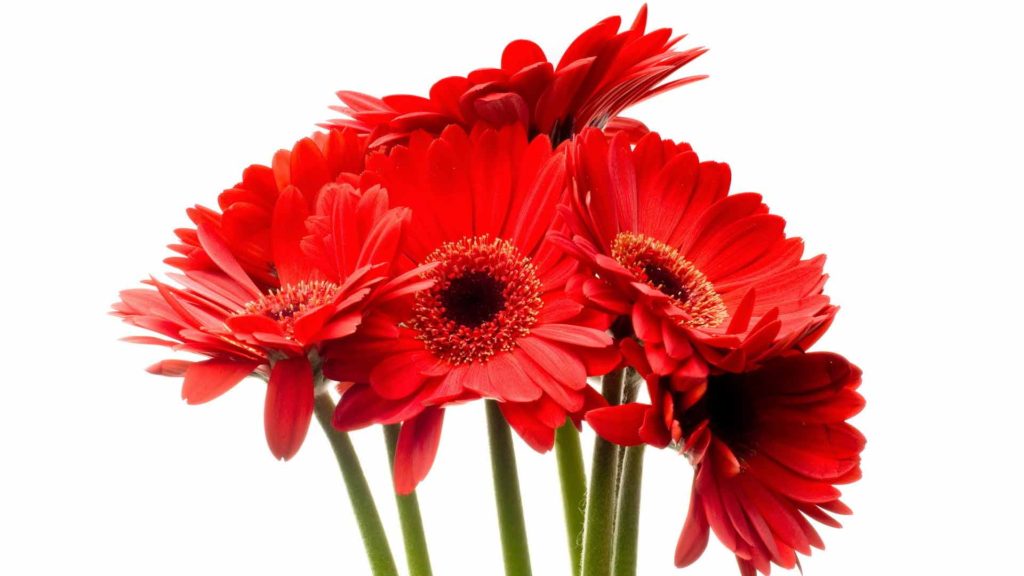
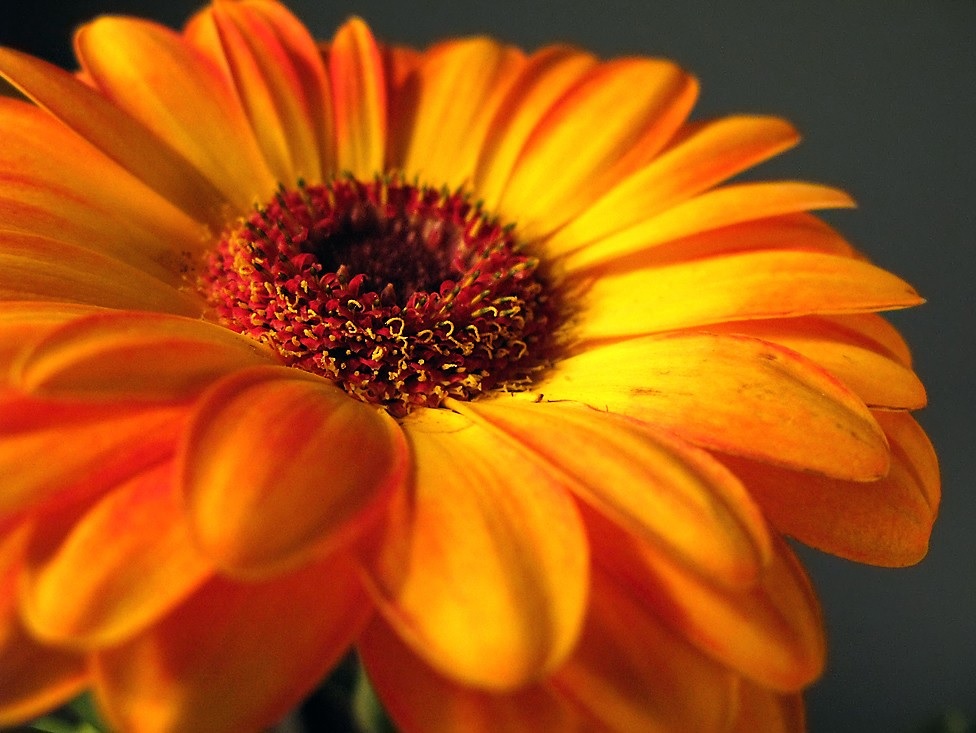
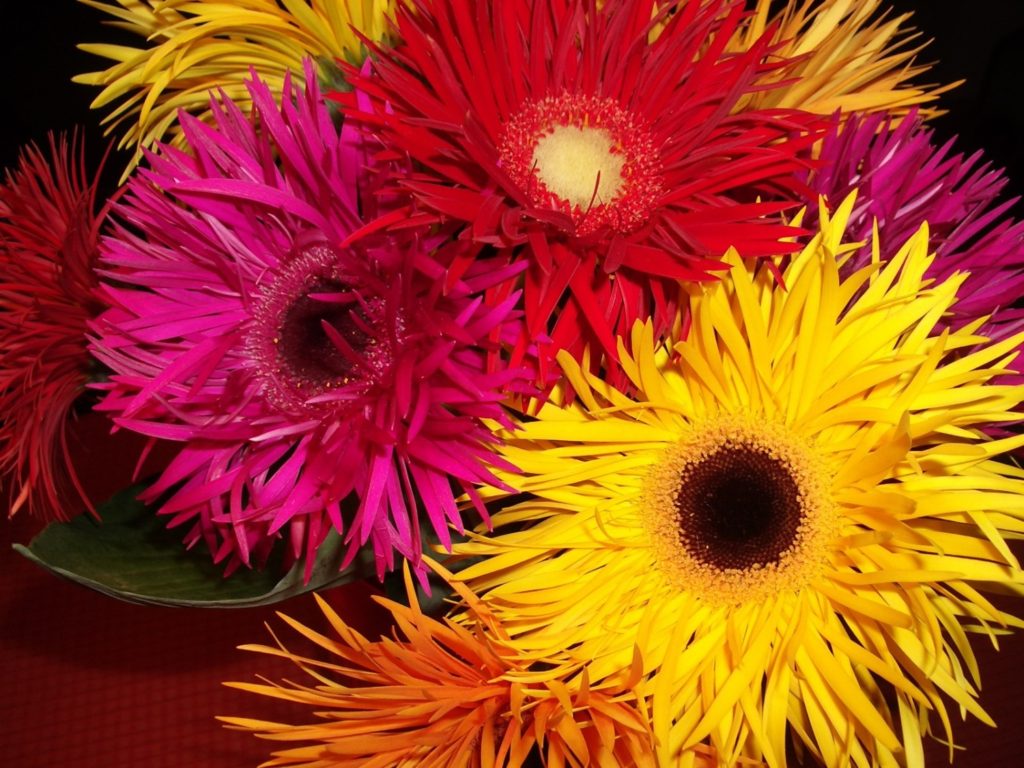
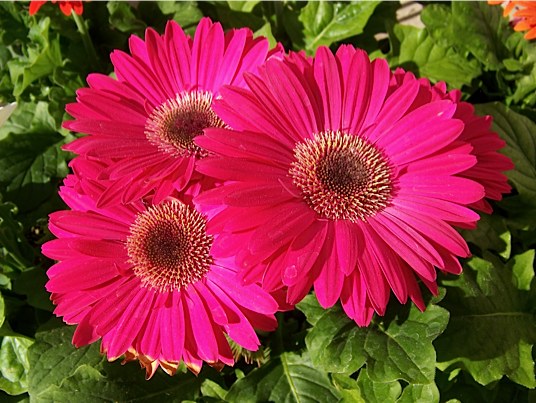
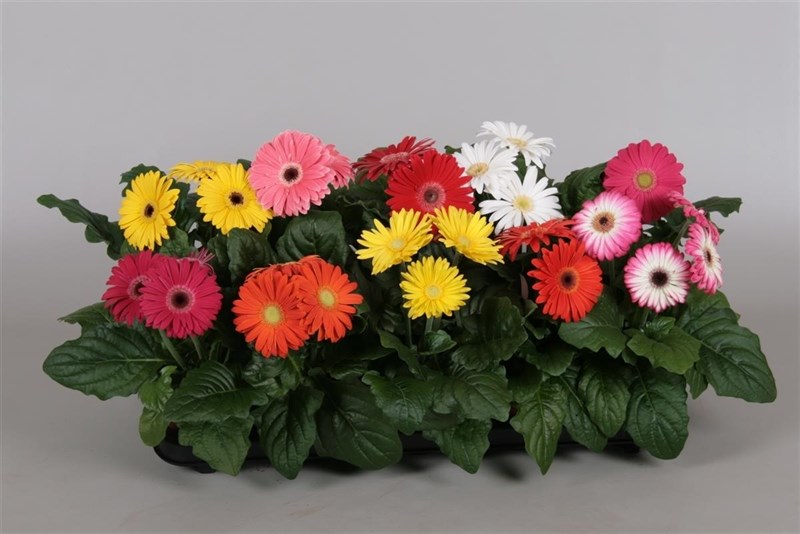
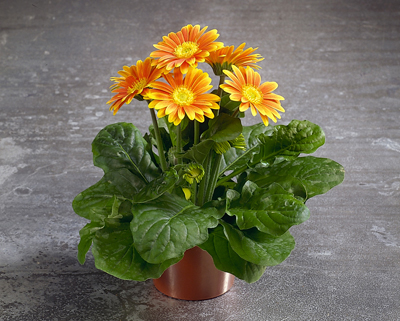

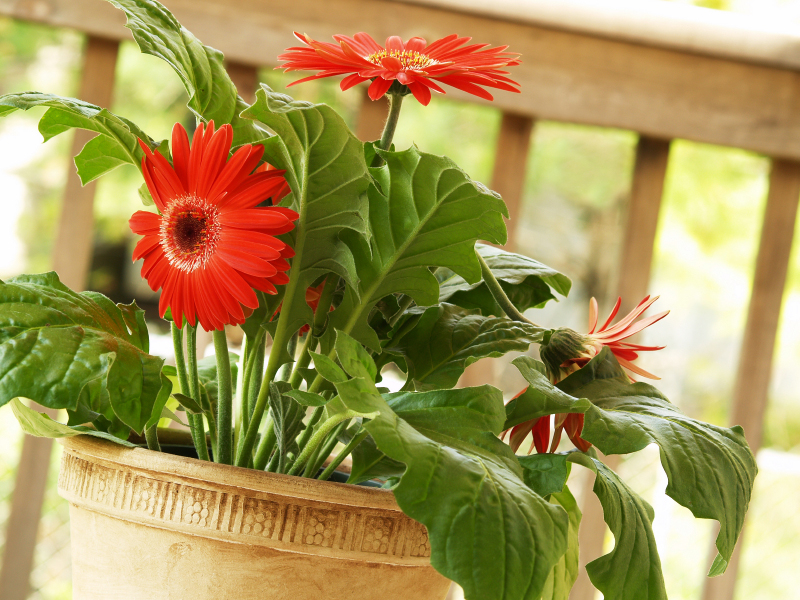
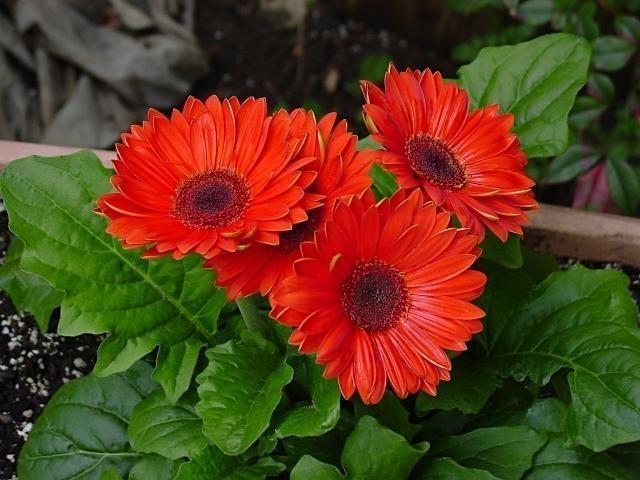
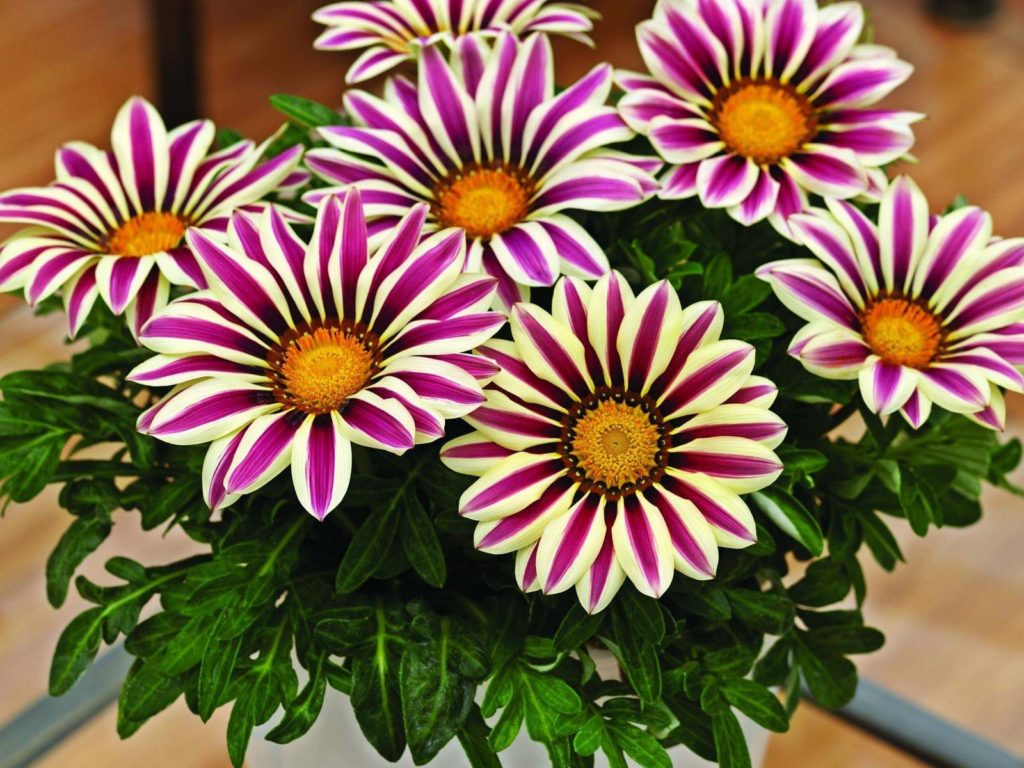
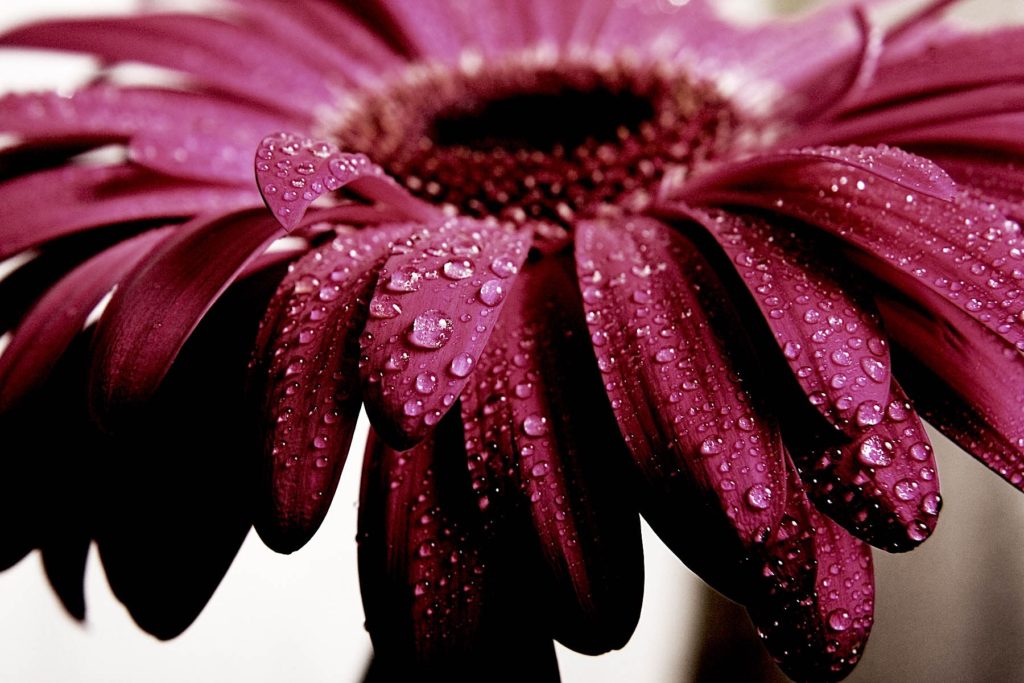

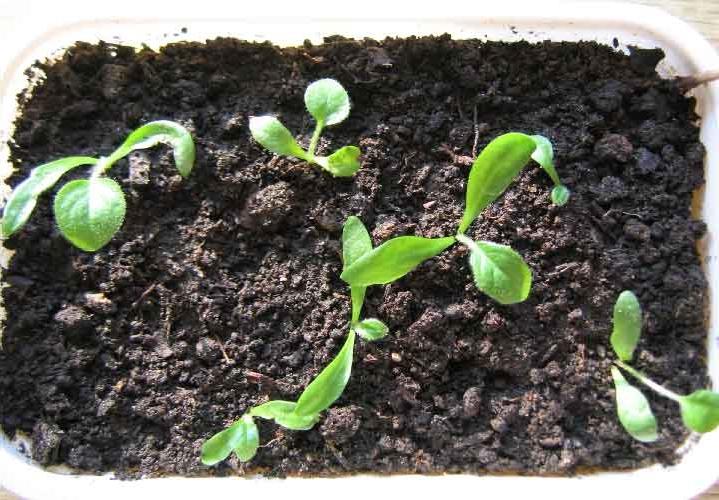
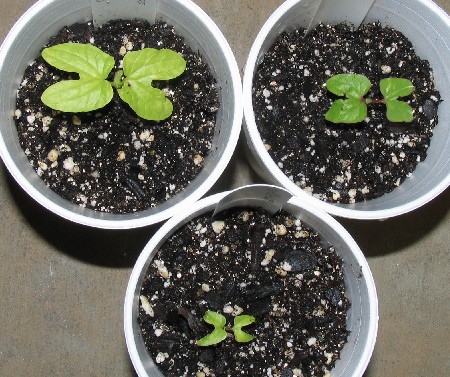

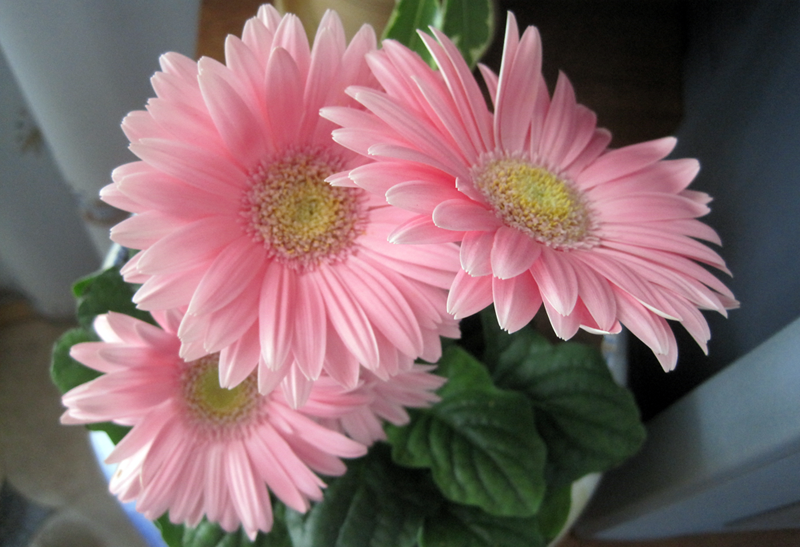
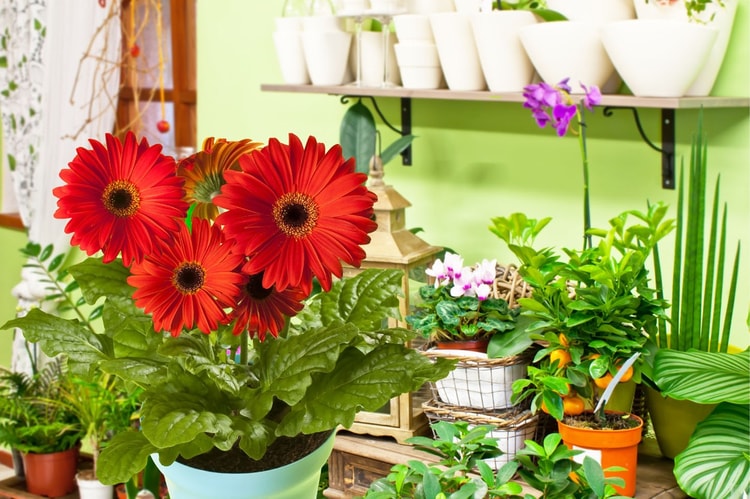
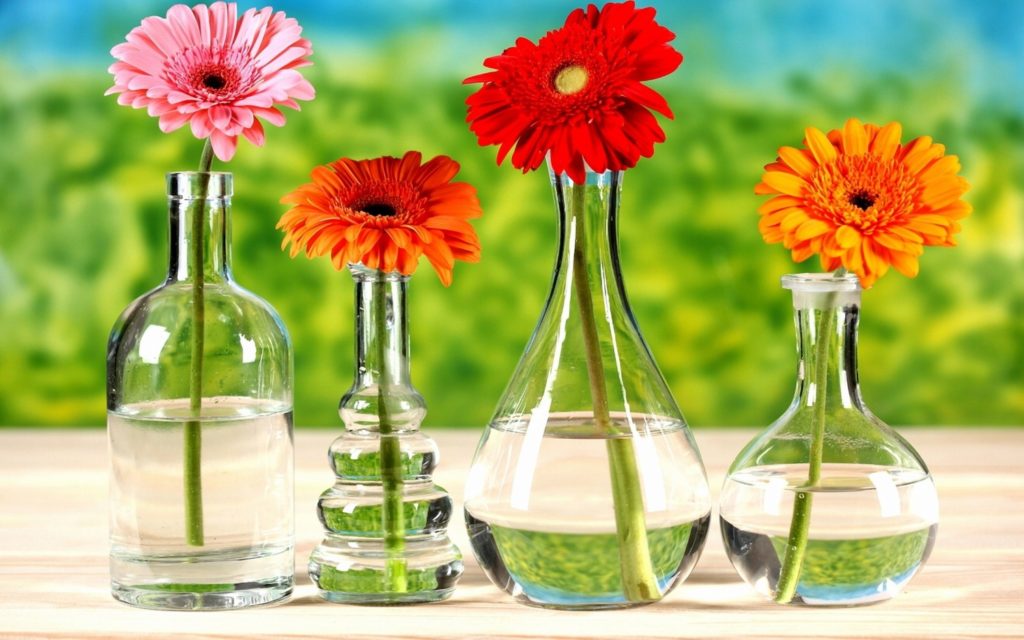





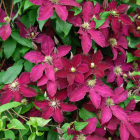
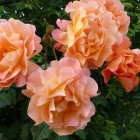

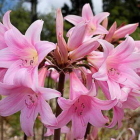
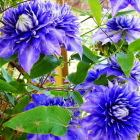
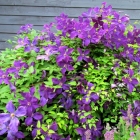
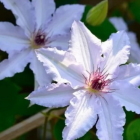
 Start a discussion ...
Start a discussion ...